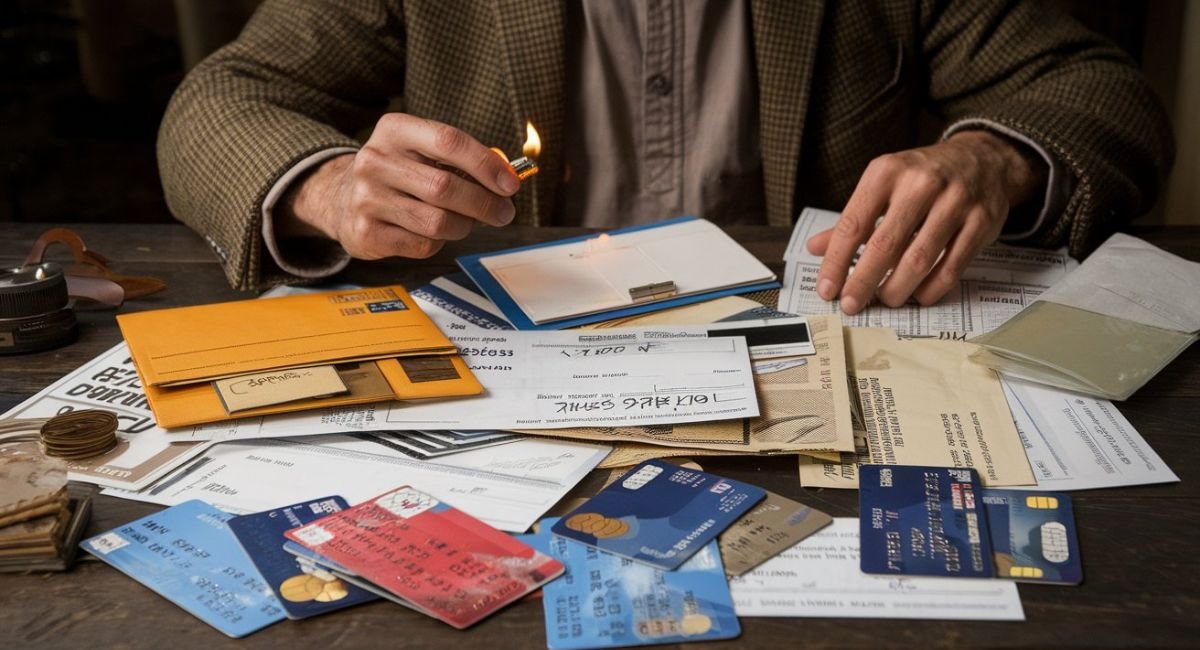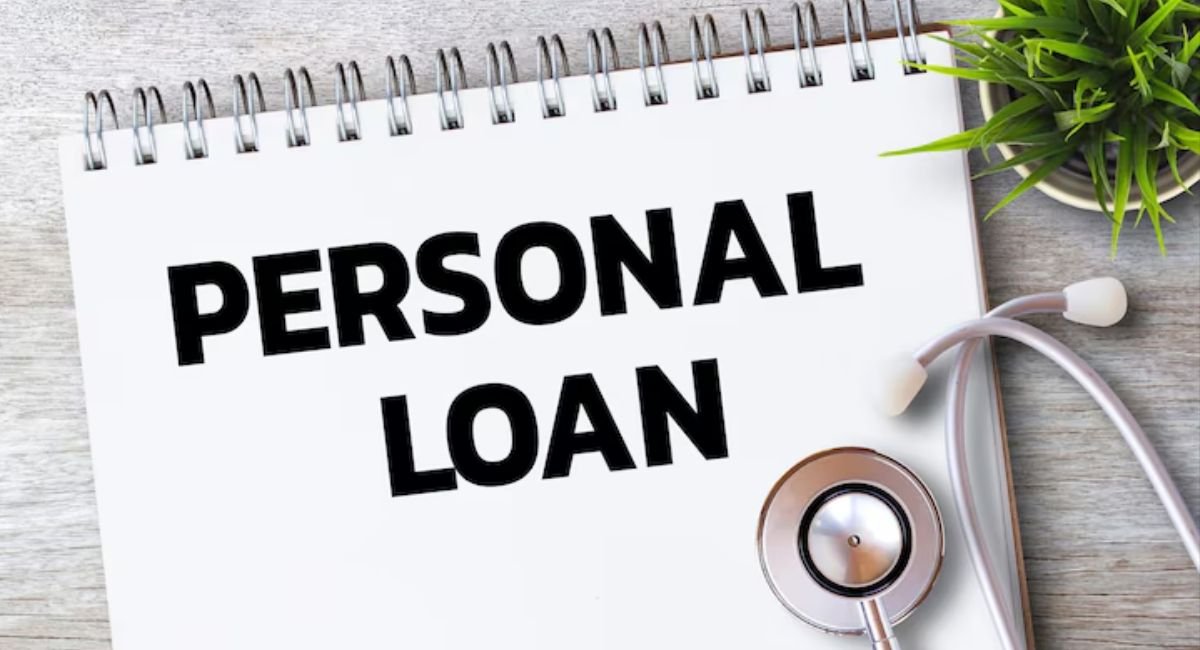Introduction
Theft of household items like mail is common because checkbooks, stolen Mail Checks Credit Cards, and other relevant information are easily accessible. There are many ways in which a criminal can obtain your personal details and utilize them to steal your identity and drain your bank accounts, among other things. This should help you to familiarize with those methods and prevent loss of your mail and your finances.
Common Tactics Thieves Use
- Mailbox Fishing: Thieves normally fish and this involves the use of tools such as wires or strings whereby they reach into mailboxes, especially those with ‘open slot’ or ‘easy access’ slots. They are mainly seeking envelopes that can contain stolen Mail Checks Credit Cards, or any other information regarding the owner. In one way or another, they can use this information.
- Mailroom Break-ins: In apartment complexes or businesses, shared mailrooms are vulnerable. Criminals may break into these areas to gain access to multiple mailboxes at once, often yielding a large amount of stolen mail containing checks and credit cards.
- Outgoing Mail Theft: Placing outgoing mail in your mailbox with the flag raised can attract thieves. They know that flagged mail often contains checks or important documents that can be stolen and altered.
- Blue USPS Mailbox Tampering: Even the secure blue USPS mailboxes are not immune to theft. Criminals target these collection boxes, particularly after the last collection time, to grab envelopes containing checks or sensitive information.
Steps to Safeguard Your Mail
- Install a Locking Mailbox: Utilize a mailbox which should have a lock so that nobody can open it and go through the mail in your home. It will not stop all burglars, but it will discourage most of them. They tend to look for quick and easy targets when burglarizing mail.
- Sign Up for Informed Delivery: Take advantage of what USPS has called Informed Delivery, which consists of the delivery of emailed photographs of the given pieces. This makes you able to determine what should be delivered and what action needs to be taken if something was not delivered.
- Retrieve Mail Promptly: Open and check your post every day and do not leave your post unattended with your mail in the evening. If you’re going for a vacation, there’s no need in coming back home to sort through the pile of letters, so use a trusted neighbor to collect it or order a mail hold with the post office.
- Avoid Leaving Outgoing Mail in Your Mailbox: Do not leave forwarding outbound mail with the flap lifted and leave them in mailbox or indoor pick up stations and deposit with the post office.
- Use Electronic Payments: Do not use mailing checks anytime you can not reach your goal using other means. Thus, you should pay electronically or manually through the electronic mechanisms of your bank’s bill pay service because such a method is less susceptible to check frauds.
This way, you do not have to be a victim of stolen Mail Checks Credit Cards and become a victim of fraud and identity theft as well.
Monitor Your Financial Accounts
Key Steps to Monitoring Your Financial Accounts
- Check Bank and Credit Card Statements Frequently: Check your bank statements and your credit card statements frequently – ideally, once a week. If you notice any unauthorized bank transactions, you should be able to spot them easily. It’s also important to write down even the smallest unfamiliar charges, as this can be enough to show that someone has compromised the account.
- Set Up Alerts: Almost every bank and credit card company provides a service of receiving messages through email or text messages, each time there is a transaction made or any withdrawal or any change in the balance or any large purchase. These alerts can enable a user to see that someone is trying to break into their account in real time. They may then take necessary actions before the bad news happens.
- Monitor Your Credit Report: People should learn to analyze their credit reports weekly or monthly because if there are unfamiliar accounts or credit checks, it can be clear that someone has stolen your identity. A consumer is allowed to request and receive at least one free credit report each year. This can be done through the three major consumer credit reporting agencies, namely Equifax, TransUnion, and Experian. You can also think of signing up for a credit monitoring service to continue the protection process.
FAQs
What should I do if my mail containing checks or credit cards is stolen?
If your mail has been stolen, immediately report the theft to your bank or credit card issuer. Contact the U.S. Postal Inspection Service to file a report and notify local law enforcement. It’s also wise to place a fraud alert on your credit reports with major credit bureaus (Equifax, Experian, and TransUnion).
How can I protect my mail from theft?
Use a locking mailbox or rent a P.O. box at the post office. Sign up for USPS Informed Delivery to receive alerts about your incoming mail. Avoid leaving mail in your mailbox overnight and don’t send checks or sensitive documents using unsecured mailboxes.
What is check washing, and how can I prevent it?
Check washing is a fraud technique where thieves erase the ink on a stolen check to change the amount or payee. To prevent this, use a gel pen with permanent ink and avoid mailing checks when possible, opting for electronic payments instead.
How do thieves steal credit cards from the mail?
Thieves use tactics like mailbox fishing, where they use tools to pull mail from boxes, or mailroom break-ins in shared spaces like apartment buildings. Once stolen, the cards are used for fraudulent purchases or sold to others.
What should I do if my checks or credit cards are missing?
If you suspect theft, contact your bank or credit card company immediately to cancel the stolen items. Request replacement checks or cards and review your account for any unauthorized activity. File a report with the Postal Inspection Service and local authorities.
How can I monitor for signs of stolen mail or credit cards?
Sign up for Informed Delivery to get daily previews of your mail. Set up alerts with your bank or credit card issuer for any new transactions or changes to your account. Regularly review your bank statements and check your credit report for unfamiliar activity.




